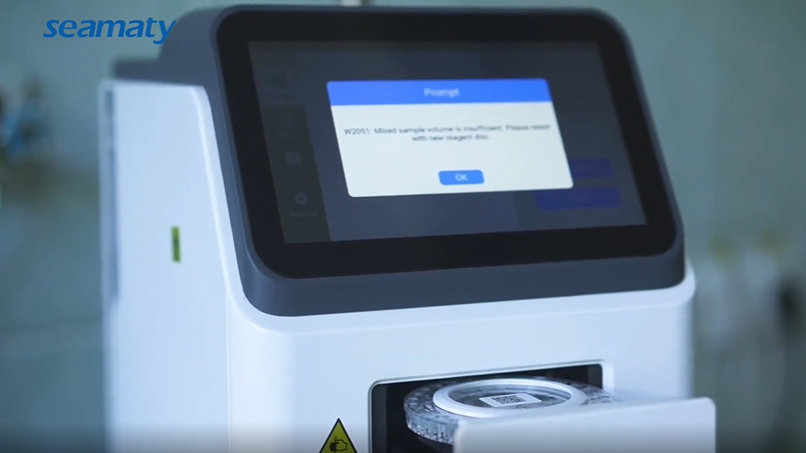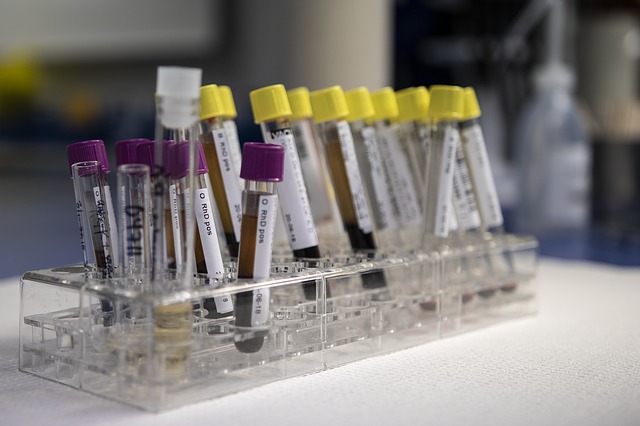release time:2021-11-17 11:42:53
Intraocular pressure: If you notice that your dog's eyeballs have become large, there is a good chance that the pressure in the eye is too high. Make sure you get to the emergency room!
For adult pets, if there is no disease, an annual checkup is sufficient. When pets enter old age, a frequency of twice a year is recommended to ensure that diseases can be detected and treated as early as possible.

2022-08-03
A clinical chemistry analyzer is a machine used in the diagnosis and treatment of disease. It is used to measure various chemicals in the blood, urine, or other body fluids. This information can be used to help identify and diagnose problems. Clinical chemistry analyzers are an important part of modern healthcare. They allow for fast and accurate analysis of patient samples. This helps ensure that patients receive the best possible care.

2022-07-13
What tests correspond to the blood collection tubes of different colors? Is there any difference between venous blood collection and finger blood collection? Why must I be hungry for blood tests?

2021-11-02
The following five methods are commonly used to eliminate interference between biochemical analyzer reagents. 1. To reduce the mutual interference between reagents. Biochemical machines should be properly maintained on a regular basis.